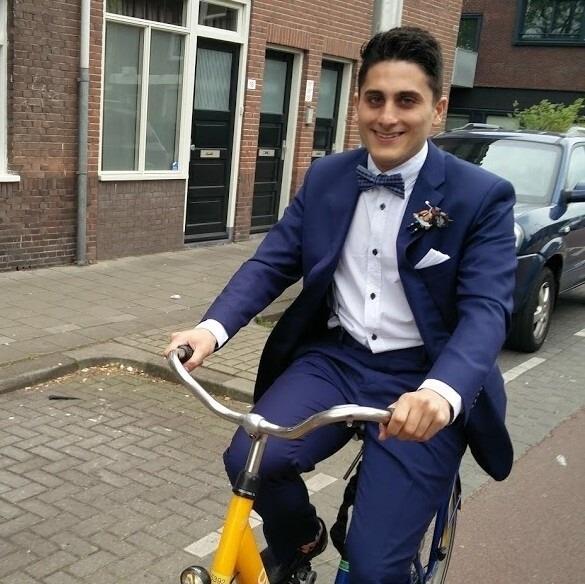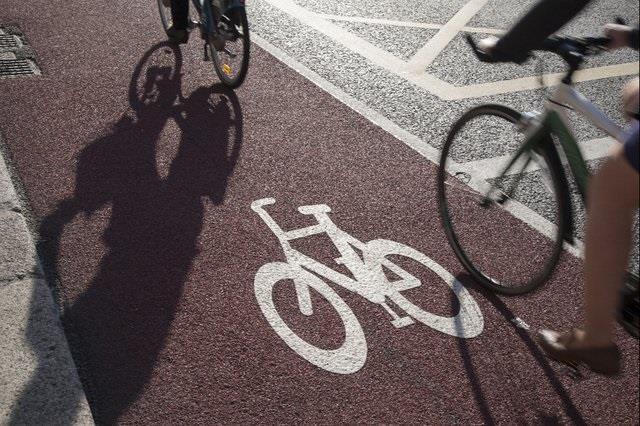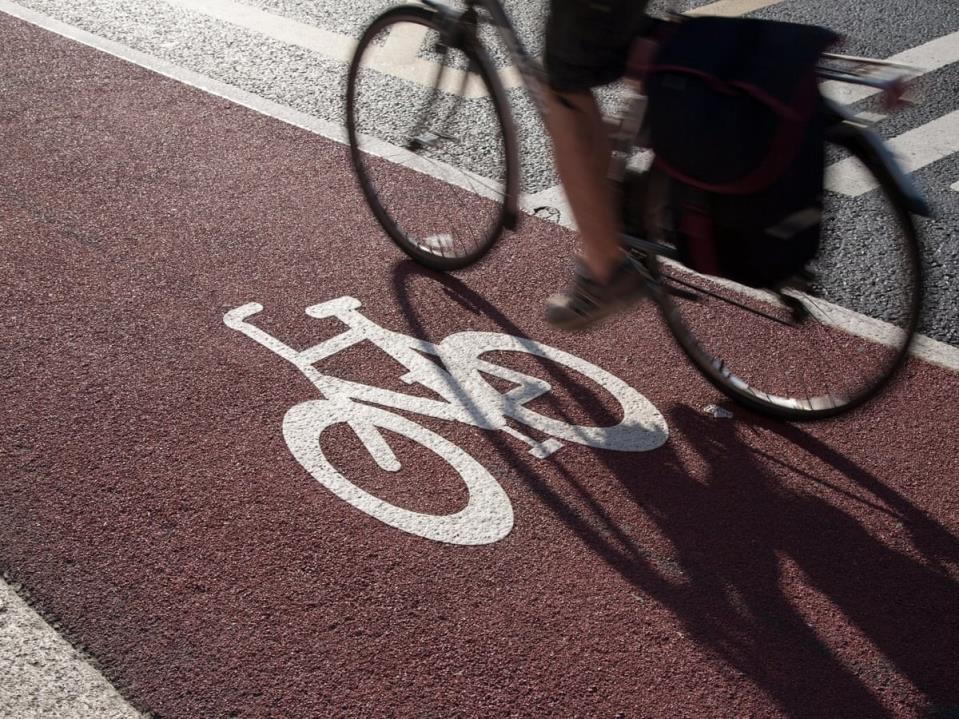Cyclists who make use of road cycle lanes are of the opinion that these are being designed by people who never rode a bike and do not know what this entails.
“It is clear that the people who are designing these bicycle lanes are not bicycle users and they don't take our suggestions seriously, Juan Buhagiar, a committee member of Rota, said.
Rota is an NGO that advocates for safer bicycle use by communicating with government agencies to suggest better ways to make the infrastructure more bicycle-friendly. Moreover, it tries to educate the public, through social media, about the benefits of cycling and how to cycle safely in Malta.
Following an accident at Mgarr Bypass where two cars crashed into the bicycle lane, The Malta Independent sat down with Buhagiar and Pia Grech, who is training to become a triathlete, to discuss the problems cyclists face in Malta.
Last week, Rota expressed their disappointment on social media after their proposal to implement safe, space-efficient bicycle lanes for the Mgarr Bypass project was ignored by Infrastructure Malta (IM). "There were some promises that were made by Infrastructure Malta, with whom we agreed on one thing but something else happened, unfortunately," Buhagiar explained.

He explained how Rota had been in contact with IM before the project began. IM had indicated that it would consider the NGO’s suggestions when designing the bicycle lane. Unfortunately, IM chose not to listen to Rota and instead opted for a much more dangerous approach.
He claimed that their proposals were not "rocket science"; they were just recycling what other countries have successfully been doing for decades.
According to the NGO, all IM has done is paint part of the road green and call it a bicycle lane so that they can notify the EU that they have increased the number of bicycle lanes. "In reality, they are not usable bicycle lanes,” Buhagiar stated.
Buhagiar(above) further expressed how "it's a high-speed road with no separation, only paint. The bicycle lane is quite narrow; there are parts where a normal bicycle is wider than the actual bicycle lane. From that accident, you can imagine how unsafe this bicycle lane is."
That being said, he claimed, "the number one reason why people don't cycle in Malta is safety”.
In order for this to change, the authorities must build safer cycling infrastructures that encourage more people to cycle.

He told us that "most of the time cycle lanes are not fully connected", instead they come in segments which force the cyclist to re-enter the road and mix with cars.
In addition, he stated how most of the time they will not even end up using the bicycle lanes because it is either too narrow or stops suddenly. If the bicycle lanes are not viable options for cyclists, then this defeats the purpose of the bicycle lanes.
Moving forward, Buhagiar expressed how the NGO will continue to keep in contact with the authorities and come up with new proposals.
"One thing that we really hope is achieved in Malta is to have some form of National Cycling Policy that sets predefined standards for a bicycle network and infrastructure," he stated.
There have already been some success stories. For instance, last year, the Marsa bicycle lane was segregated from the road with the use of a crash barrier.
Additionally, they are going to continue to promote travelling by bicycle and educate the public about the benefits of cycling and how to stay safe while cycling.
Grech also commented on the terrible conditions triathletes experience when cycling in Malta.
“In order to train we need at least a loop that's at least 8/10km where there are safe bicycle lanes to ride in. When you're training, you're training at a certain speed, you focus on what you’re doing with your legs not so much on what is happening on the road,” she explained.
Furthermore, she spoke about the terrible condition of the bicycle lanes which hinder athletes’ performance.

She elaborated on how it is extremely difficult to train because the bicycle lanes are too narrow, there always seems to be some obstruction and they always come to a dead end.
Also, when talking about the Coast Road, she mentioned how there is always dust that pushes up against the pavement and piles up. This makes the conditions extremely dangerous and difficult to train on because they lose a lot of traction.
She further stressed how those white bumps that separate the bicycle lane from the road, are not enough. Instead, there has to be a significant buffer between the bicycle lane and the road.
“Abroad there's usually a distinct separation between the bicycle lane and the cars. There would be a narrow pavement between the bicycle lane and the road,” she said.
In Malta’s case, nothing separates the bicycle lane from the road; instead, there is either pavement or a wall which they will crash into if they get squeezed by a car.
She said that the reason cyclists do not always use bicycle lanes is that they cannot most of the time. Either they are not available; there is an obstruction or the conditions are terrible.
“They wonder why we don't make it to the Olympics if we have nowhere to train. It takes mental energy to remember to stay safe; you always have to be thinking at the back of your mind, 'Let me look behind me, let me make sure I cross the road properly when I'm crossing a stop sign'. If we have nowhere to cycle we're not going to be cycling at our best, at your 100%, I'd say I'm giving 80%.”
“My teammates, before a big event, travel to Sicily. To take your bicycle you have to rent a bicycle bag that's like €50 on its own and to put the bicycle on the plane is another expense. They spend a month in Sicily cycling because we just don't have where to cycle here.”
“If you don't have the financial ability to do that then you're just left behind. Cycle on the Coast Road and hope for the best.”
When she was asked whether or not she uses her bicycle in Malta to travel, besides training, she expressed how she does not use it because “it’s too dangerous”.
“It's impossible, especially during rush hour, forget it, you're completely risking it.”
Photo top: Mario Galea